


From the initial concept to global market release, product development can be a long journey, but it is what’s needed for apps to get released, grow, and achieve success.In this article, we’ll talk about what a product development life cycle is, the key stages it includes, and how this framework can be useful for anyone looking to launch an app. We’ll also explore some notable examples of a product development cycle and go over the key participants of this process.

First, let’s cover the basics. A product development life cycle (PDLC) is a process that includes every step in the life of a product: from an idea in the founder’s mind to market launch and long-term support. The product development process can have a lot of stages, depending on how many features you want to implement and how ambitious the project goals are.
The main purpose of PDLC is to structure app development and break it down into manageable phases. This approach gives product teams a complete picture of an entire project, allowing them to prioritize better, manage resources, and strategically plan. The PDLC framework is also useful for progress tracking during the development stage, as well as for roadmapping post-launch app updates.

Next, let’s dive into the details and explore the most important stages of a product development life cycle.
Every journey has to start somewhere. Here are the seven stages of a product development life cycle that will help you get an app to market.
In the beginning, you’ll need to develop an initial product idea. When you’ve chosen a market segment for your app, think about what your niche is missing. Maybe it’s oversaturated with big players who don’t like to experiment with interesting features. That could be your chance to improvise and make something unique. All in all, the idea generation process should revolve around the needs of your audience and the overall project goals.
It’s also important to pick the development strategy at the start of a product life cycle. This means, first of all, deciding on the scope of your future app. Do you want to create a complex product with tons of features? Or a user-friendly platform with limited functionality?
If you want to get your app to market quickly, it’s worth thinking about creating an MVP (Minimum Viable Product). This approach involves making an app with just a few core features that are absolutely necessary for your idea to work.
The MVP method lets companies save money on development and deliver a polished product that can be gradually improved. If your core functionality is solid, it won’t be a problem to add new cool features on top of it.
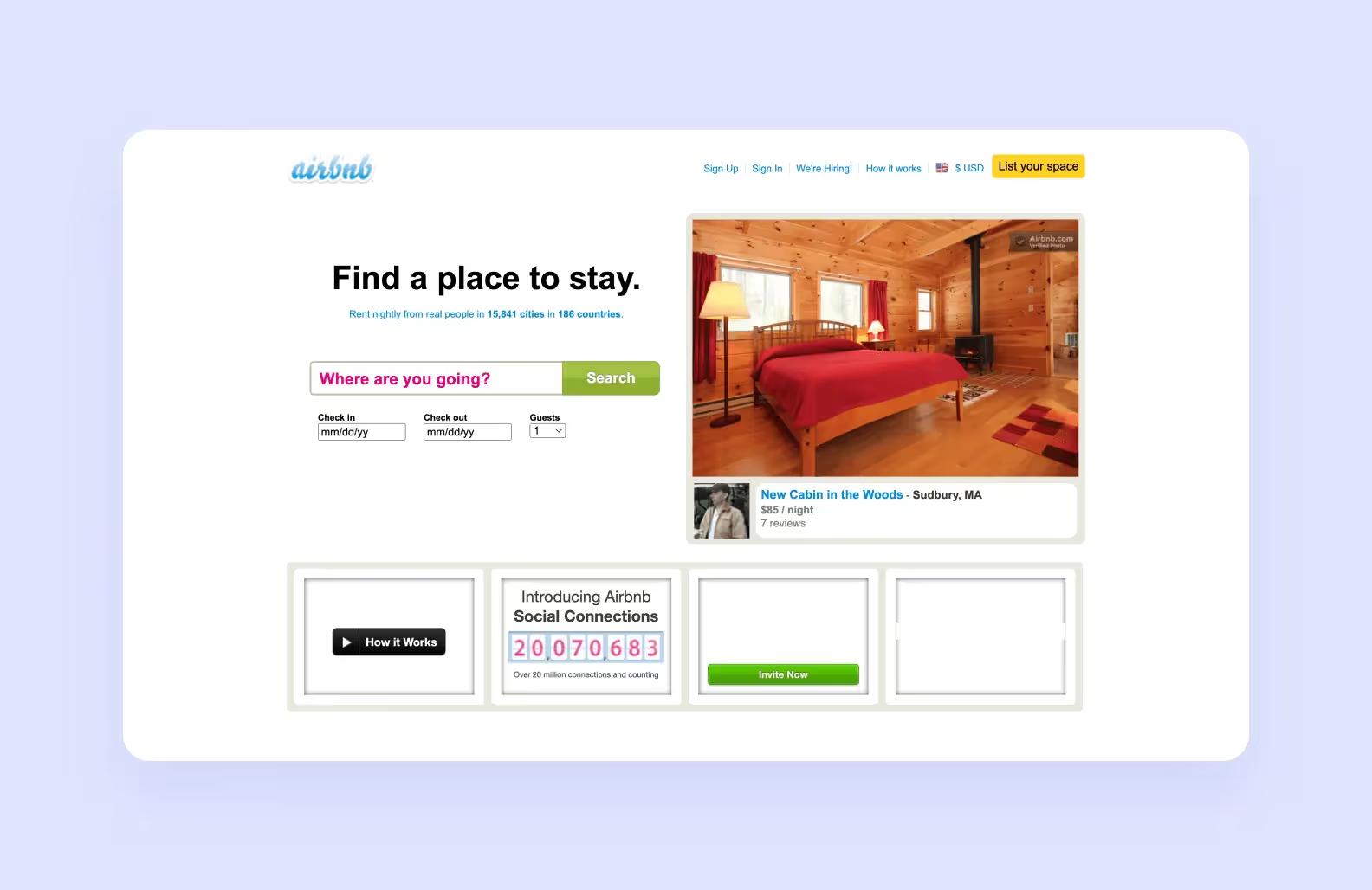
Next, it’s time for concept testing. It all starts with market research: looking at the competitors and identifying customer needs. This analysis is crucial since it will let you validate ideas and plan out the key features of your product.
The research stage also allows you to reduce risks. For example, by conducting user interviews, you’ll find out which features your audience actually wants to see in your product. That way, you’ll be able to create a user-centric app and attract a bigger customer base on release.
Once, a client came to us with an interesting product concept. He wanted to make a new kind of taxi service that would allow clients to order cab rides with the same driver. That way, the app would stand out from competitors like Uber and cater to those who frequently take long-distance trips.
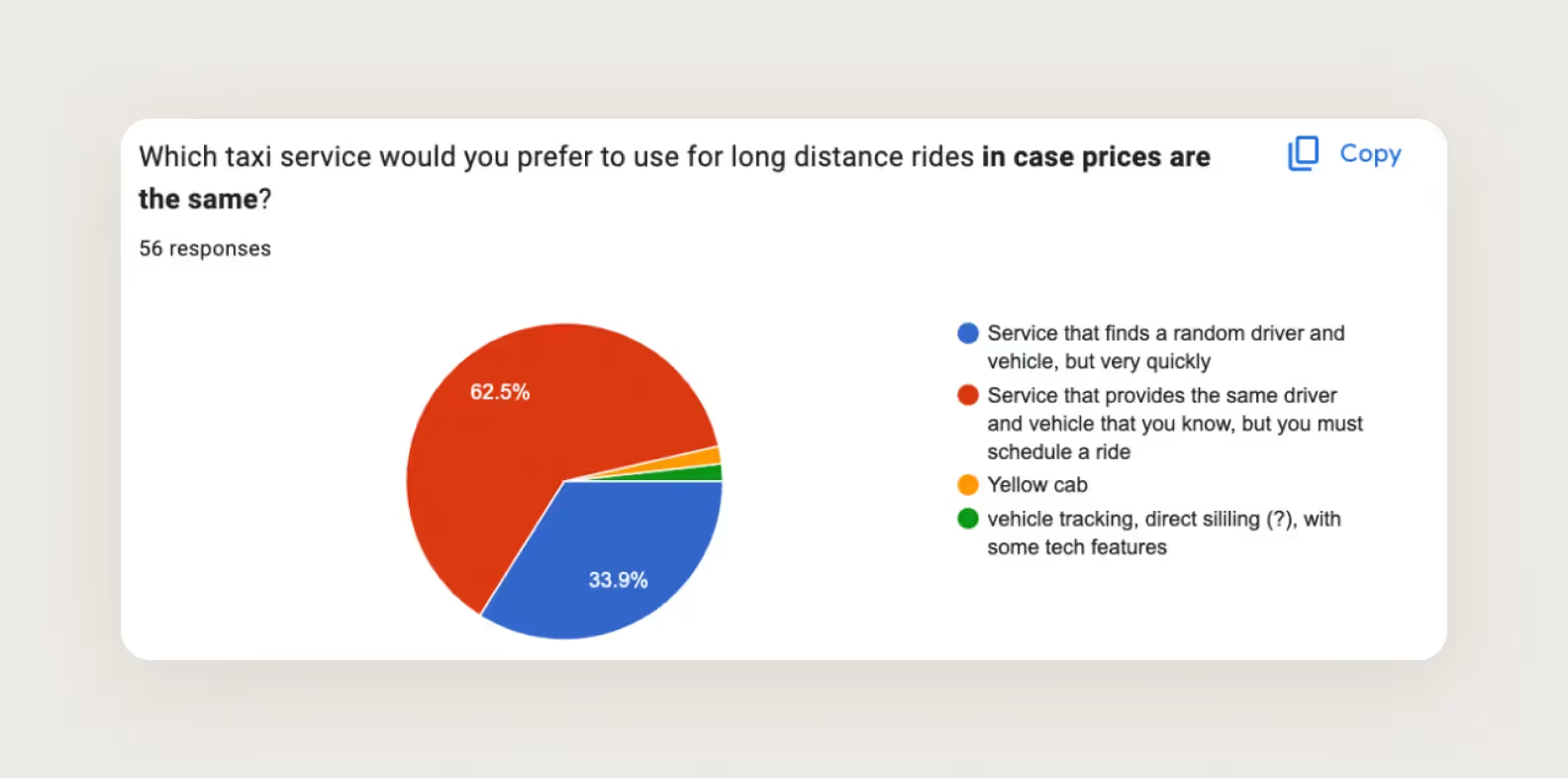
We helped the client evaluate his idea by conducting detailed research. It included interviews where we asked potential customers about their cab ride experience. Our study showed that the client’s idea had potential, so he decided to start developing the app. And if you want to learn more about what we found:
Once you’ve gathered evidence about the demand for your app, you can make a development roadmap. It will give your product team a clear understanding of what must be done to launch the app successfully.
When creating a roadmap, start with the broad strokes. First, outline the overall goals and product vision, then describe the user personas. After that, make a full list of features you’ll implement and create a development timeline. It’s also important to define the milestones that your app needs to go through, whether it’s the introduction of a specific feature or a full-scale product launch.
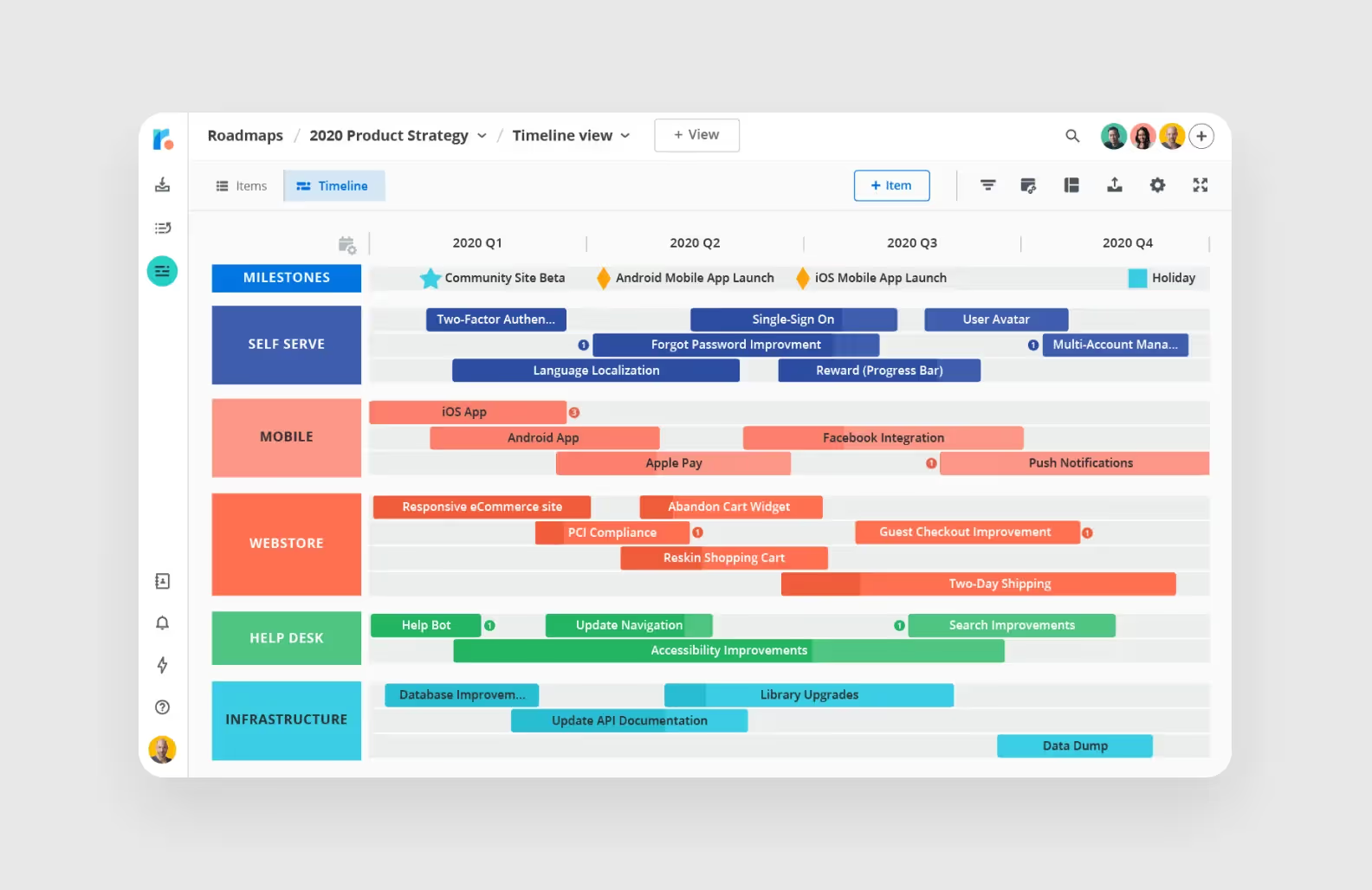
Professional product management and discovery tools can be a lifesaver. They help development teams efficiently collaborate, prioritize tasks, and make roadmaps. For example, platforms like Productboard let you create comprehensive roadmaps for even the most complex product concepts.
After you’ve created a roadmap for your project, it’s time to work on the product’s design. This means creating wireframes — black-and-white mockups that will allow you to plan out the app’s interface and user flow.
Once ready, you can prepare an initial prototype in full color, which you’ll show the investors. While a great product concept can often be persuasive on its own, having a presentable app prototype is even better.
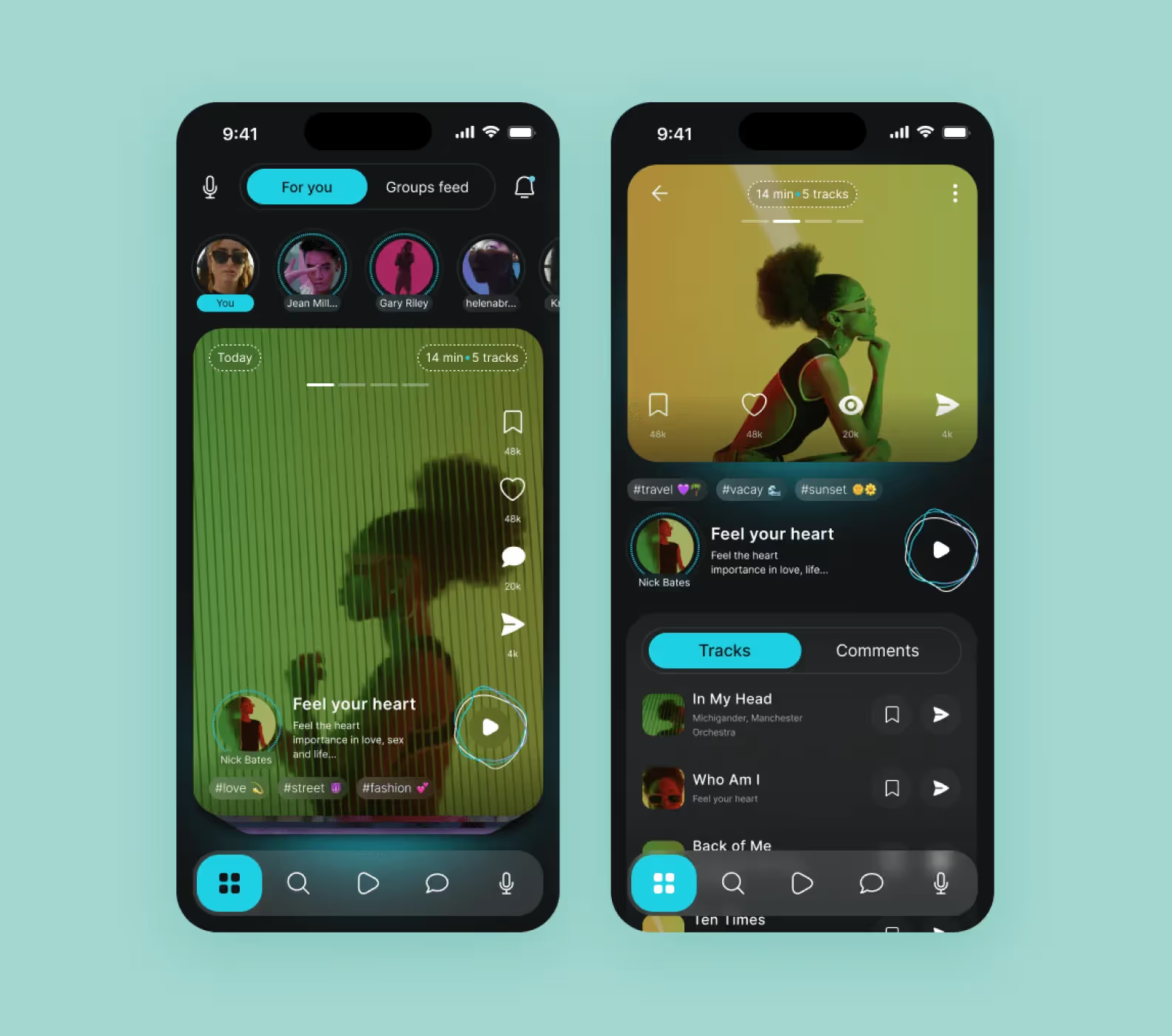
But before your design team starts working on the mockup, it’s important to give them as much of the important info about your product as possible. Who it’s for, what the goals are, what you want the app’s visual style to be, and so on. The more detailed the brief is, the easier it will be for the designer to do their job quickly and efficiently.
During this stage of the product development life cycle, developers write the code for the app, implementing every feature individually. This process can be long and expensive, so it’s important to plan development sprints carefully to reduce production costs.
At Purrweb, we work in 2-week development sprints. At the end of each one, we prepare detailed reports, showcasing every implemented feature. That way, the client can track the product development process at each stage and suggest changes.
After all the features are implemented, it’s time to perform thorough QA testing to find bugs. Even though we’re talking about the testing after the development is finished, it’s important to test the app even during the development process: that way, you can get rid of serious bugs early on in the product’s life.
Also, you could conduct and record usability test sessions to see how users interact with your product. Create online surveys and questionnaires to gather early user feedback on app prototypes. All of this will allow you to polish your app ahead of the release and deliver an engaging final product.
Before your product is released, it’s crucial to come up with a marketing strategy to let people know about the upcoming launch. Advertising campaigns allow companies to generate interest among their audiences and ensure their apps attract many users on release. Focus your marketing efforts on creating engaging promotional materials, writing compelling text descriptions, and building your brand’s presence on social networks.
During the launch, the marketing campaign should be already in full swing. Use as many channels as possible to promote your product, including email newsletters and influencer partnerships. A solid marketing strategy will let you generate buzz around your app’s release and earn profits right from launch.
Here’s one of our projects, a platform for consultations with psychologists. The client wanted us to create a straightforward app to let users search for specialists and book appointments. We managed to build an MVP in just 4 months, which allowed the client to quickly enter the market and gain a significant audience at launch. Later on, that same client returned to us during the product growth stage, and we ended up developing new features for the platform.

After you’ve launched your app, the product development life cycle has come to an end. Or has it?
On the contrary, the real work begins only after the app is released. Successful products can live a long time, but only if they’re regularly updated and maintained. Add useful features to impress existing customers and attract new ones. Continuous improvement will allow your app to capture a larger market share and win the trust of your users.
At Purrweb, we worked on an app for power bank rental stations. The client was inspired by cutting-edge IoT devices and wanted to enter this niche. Our task was to design and develop the app, which involved planning out the core user flow of the platform and integrating it with IoT stations.
To create an engaging and user-friendly app, we made onboarding as quick as possible. We included colorful visuals and developed an intuitive navigation system. But that’s not it — we even designed the IoT stations themselves.
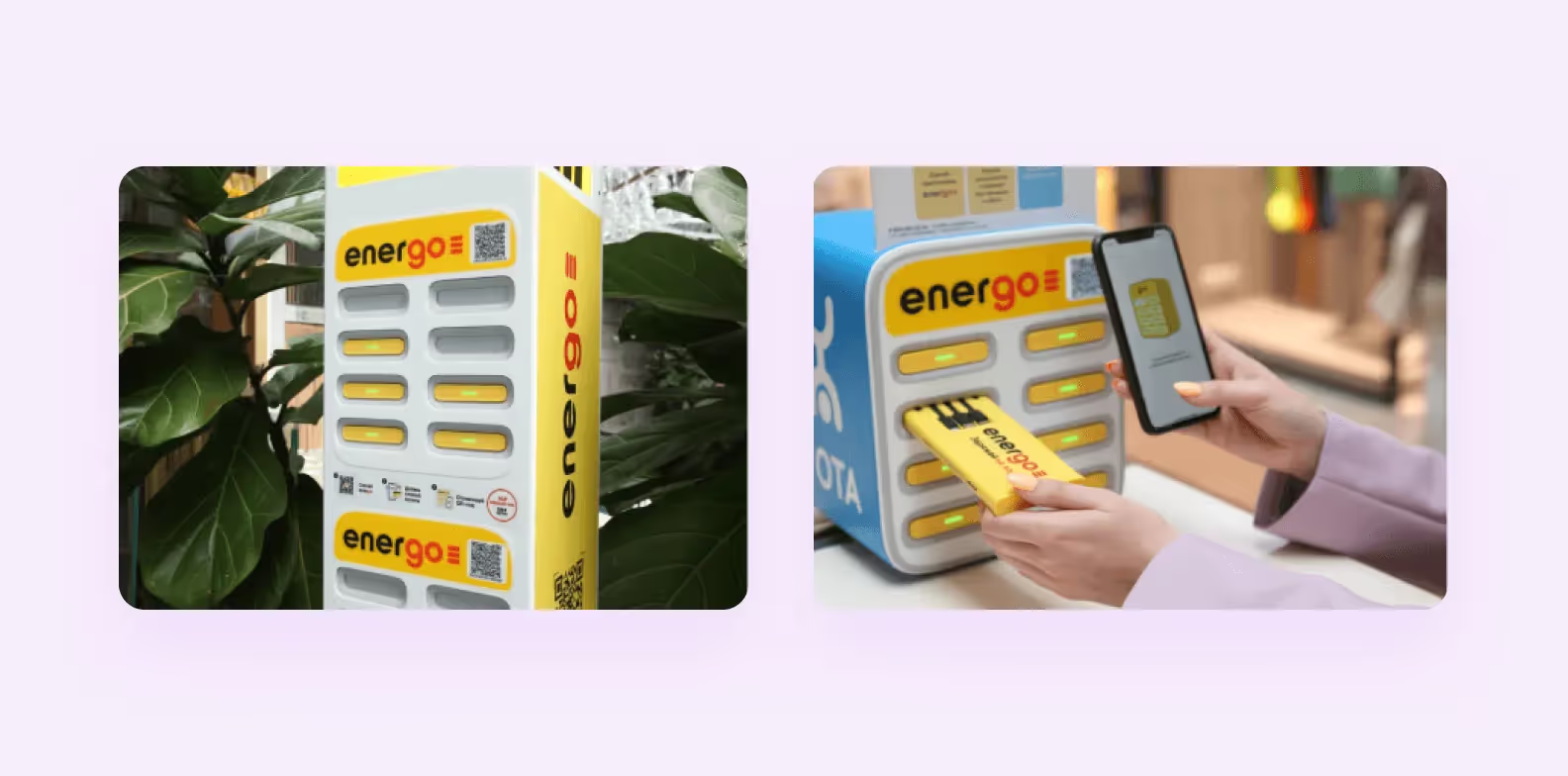
As for the app’s features, our development team successfully integrated the app with the charging stations. Users could quickly find a nearby station in the app, scan the QR code, and take the power bank. This functionality allowed Energo to grow from a small startup to one of the most convenient IoT platforms. Soon after the app’s launch, the company installed 650 new charging stations in just one city, receiving overwhelmingly positive customer feedback.

Now that we know the key steps of a product development cycle, let’s see who’s involved in this process. Here are the main members of the product development team.
Let’s look at some successful product development examples where the apps have gone all the way from conception to continuous growth.
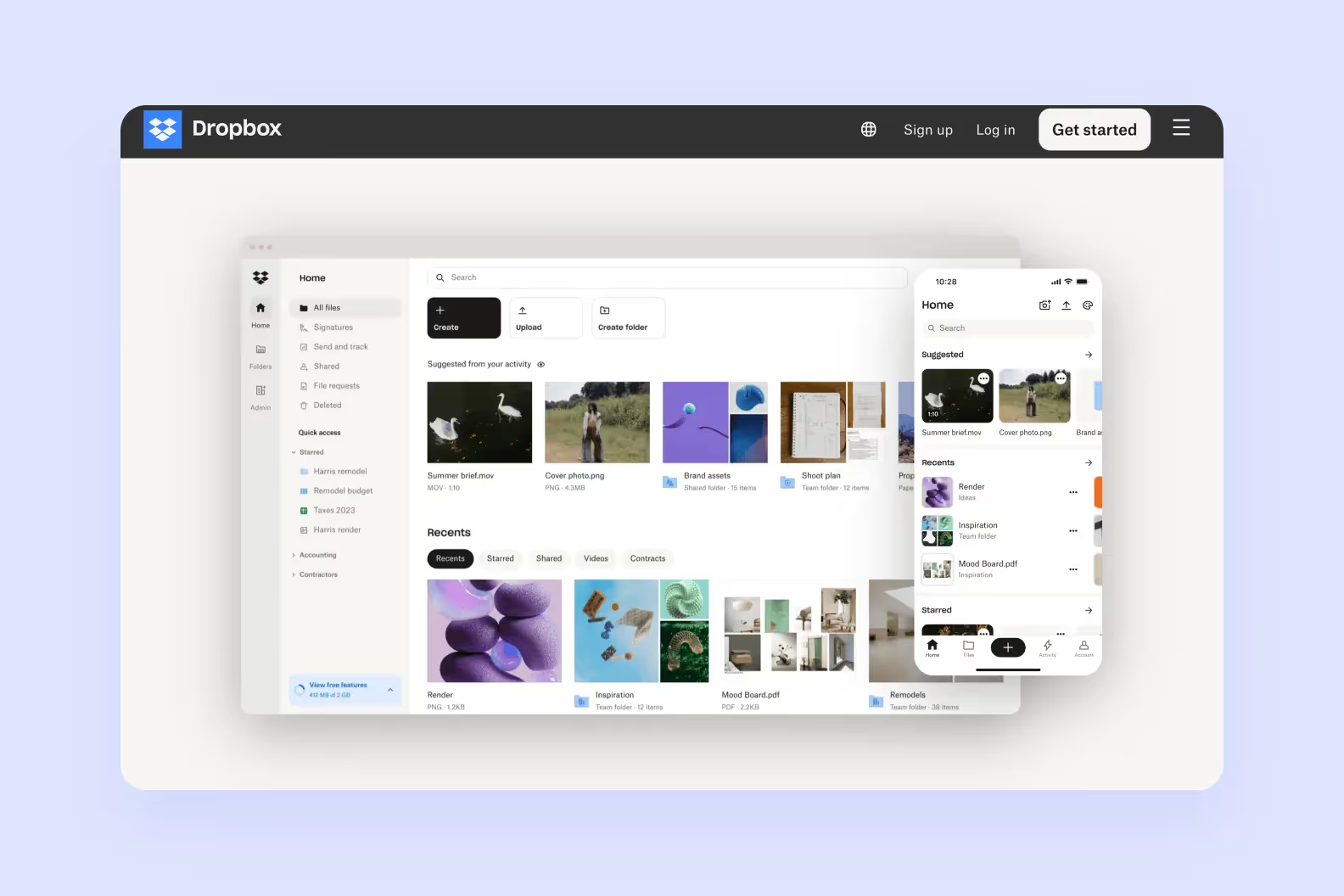
Dropbox is one of the largest cloud storage apps. But much like Rome, it wasn’t built in a day. During its product development life cycle, Dropbox has evolved from a student project to a platform with an audience of over 18 million users in 2023.
That’s because the platform regularly rolls out new features to keep its audience engaged. For example, Dropbox has introduced Smart Sync, which lets users choose however they want to store each of their files: locally, in the cloud, or both.
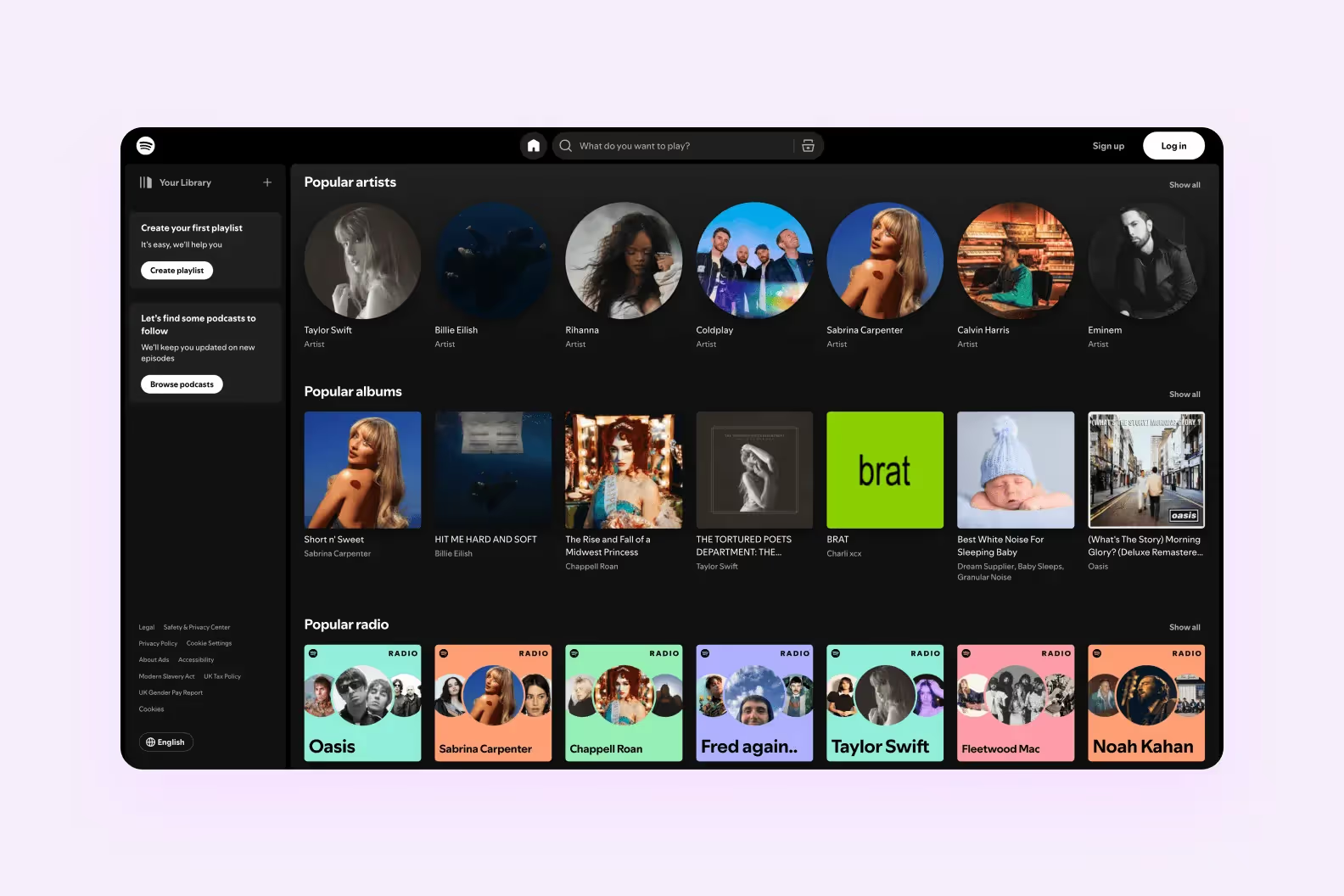
The music streaming giant, Spotify, needs no introduction. It’s easy to forget that the company started as a small startup with the goal of battling music piracy. Spotify succeeded by offering users a more convenient and less time-consuming way of listening to music. And since the platform has always been free, attracting new audiences comes naturally to them.
A product development cycle is a long journey. And like any serious adventure, it requires precise planning. Before you start developing your app, make sure to research the market and validate your product concept. When your app is almost ready to launch, focus on pre-release promotion to generate as much market interest as possible.
Hiring an experienced product development team will give your app a competitive advantage. You’ll be able to fine-tune every aspect of your product, from visual design to technical performance.
If you’d need someone to make your project a reality ➡️ <a class="blog-modal_opener">fill in the form</a>, and we’ll get back to you within 24 hours.